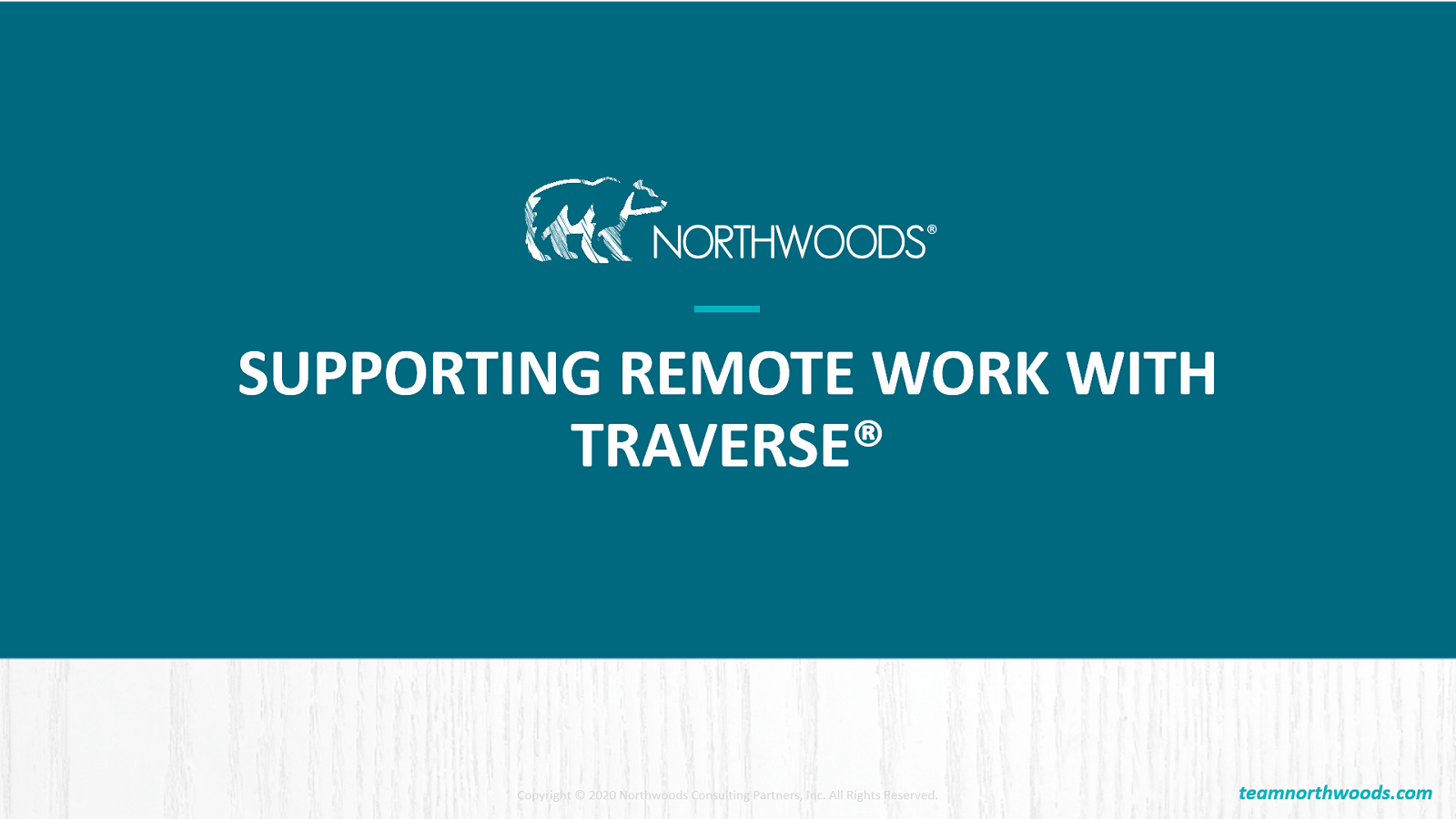If you’re a child support caseworker, you may feel overwhelmed. Creating court orders and motions is a tedious, paper-heavy, and time-consuming process, not to mention obtaining complete information regarding non-custodial parents.
Additionally, most child support caseworkers lose valuable time every day to the antiquated documentation systems and manual processes they use to collect, retrieve, and share information. This makes it impossible to be truly efficient and provide complete client service, which can delay families from accessing resources and children from receiving the support they need for their well-being.
Read More

![Linking Technology, Dark Data, and Child Welfare Outcomes [ISM Session Recap]](https://blog.teamnorthwoods.com/hubfs/12-06-18-ISM-session-recap-feature.jpg)

